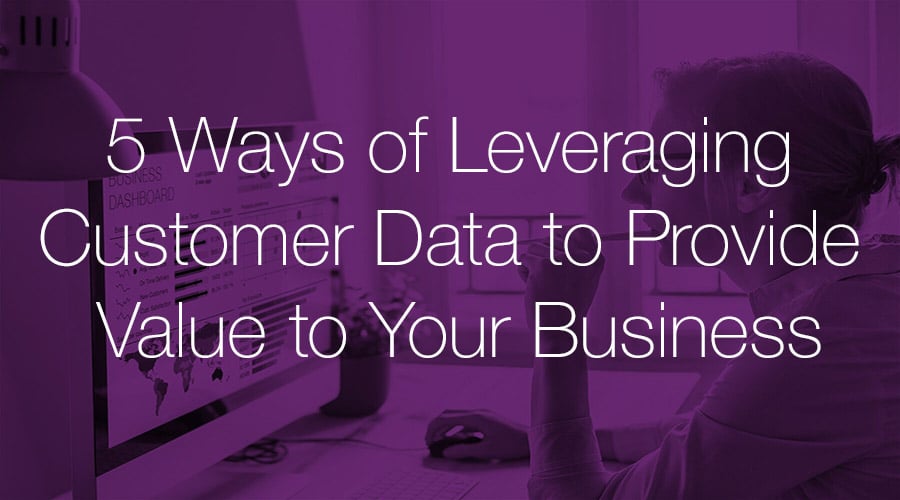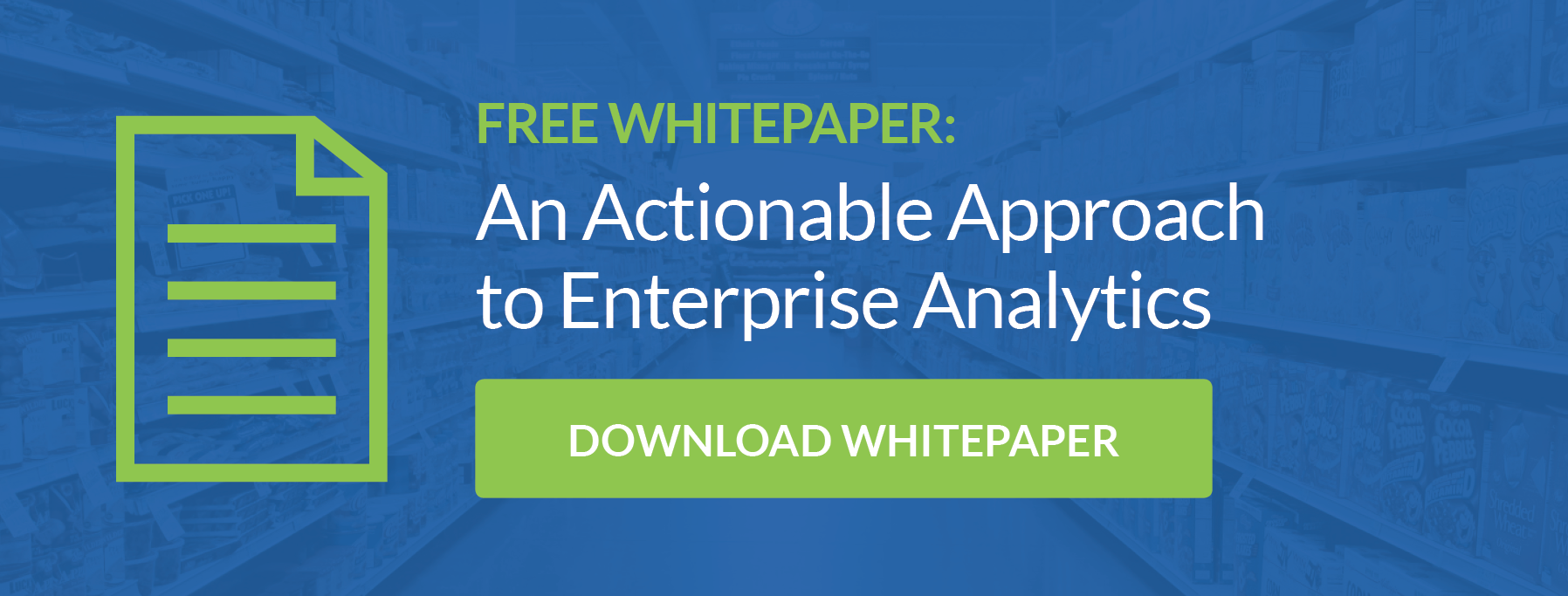Customer data has been around the retail world for a while now, and with more and more data around customers coming in each day, the value of this data will continue to grow. Unfortunately, this source of information on customers tends go to under-utilized due to the complexity of extracting value from it. These data sets can be large and complex with millions of rows of transactions and customer information, so having a base of knowledge of what to look for along with a retail solution to do most of the leg work for you will be important.

Here are few areas to look into as you try to leverage insights out of your customer data:
Keeping existing customers and adding new customers is obviously a key factor in growing a retail business, but these metrics can be difficult to track using pure sales numbers due to variables that effect volume throughout the year. Layering in customer and transaction level detail into your sales numbers will allow you to track your total customer count before and after a significant change in your business. With unique customer IDs you can track exactly how many customers you gained or lost throughout a given time period in addition to understanding the percentage of sales gained or lost from new, existing, or lost customers.
Exclusivity and Switching
Brand loyalty can be a key factor in maintaining the long term health of a retail business. A company that can maintain a solid base of customers that exclusively purchase their product can use that as the back bone to their revenue while they focus on growing other areas of the business. On the opposite end, a company that sees their customers switching between their products and their competition may need address how they are differentiated in the category. Customer data will allow you to track the percentage of your business that comes from exclusive shoppers and shoppers that switch between your brand and other brands so that you can see which end of the spectrum you fall on.
Purchase Cycles
One of the keys to creating an effective inventory, marketing, and promotional strategy for your product is understanding the product’s purchase cycle. This involves determining when a shopper will purchase your product and more importantly, when they will need to purchase again. Depending on your product, this lifecycle could range from a few years to a few days. With customer data you can track all the way down to a single customer when their initial purchase was and how long after that their next purchase was. You can then average this out over time for all your customers to get a solid understanding of purchase cycle. This allows you to be on point with stock, promotions, and marketing for when your customer is planning to purchase again.
Trial and Repeat
Now that you’ve established the purchase cycle for your product, its time to use that as a benchmark for future new item launches. One of the keys to establishing brand loyalty is moving customers past the trial phase of a new product and into repeat purchasing behavior. Using knowledge of past purchase cycles, you can track a customer from their trial purchase through the point you would expect them to purchase again. You can roll this up to a percentage of your total customers that have purchased once, twice, three times, etc. to understand how effectively you’re moving customers from purchasing once to purchasing multiple times.
Cannibalization
Quite possibly the biggest question a supplier or retailer should have when measuring the success of a product expansion is – are these sales incremental? Without customer data, this question is very hard to answer. You need to be able to look at your customer base before the expansion and determine if they are spending more on your products after the expansion. If not, you may be trading sales between your existing products and your new products. A retail analytics platform that has robust customer data will allow you to determine the purchase size of each customer both before and after your product launch so that you can determine if your sales were incremental.
In order to extract value from your customer data, you need a retail analytics platform that can handle these large data sets and generate insights with little time involvement from you. Learn more about iControl’s retail analytic tools and the customer data insights they can provide today.
